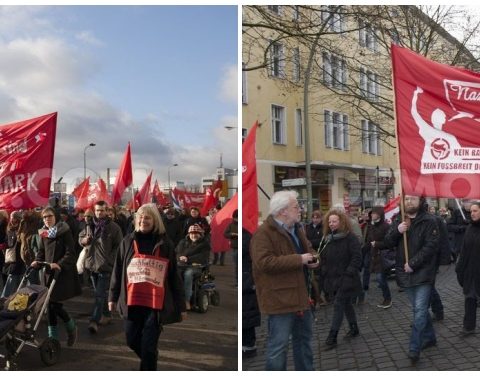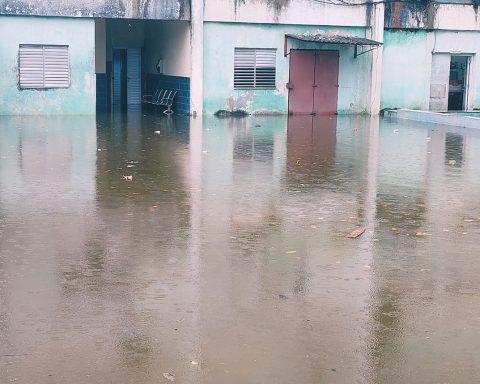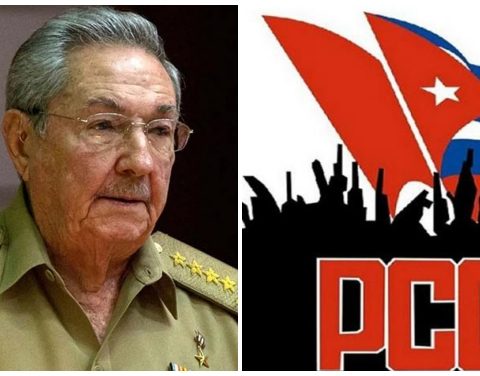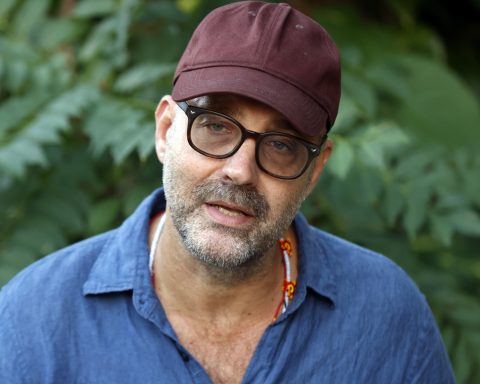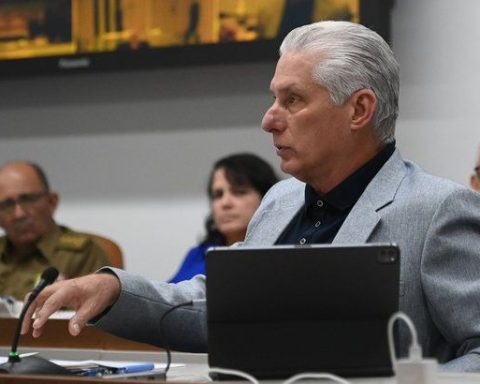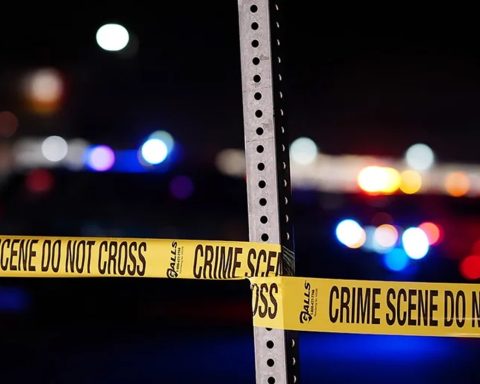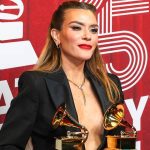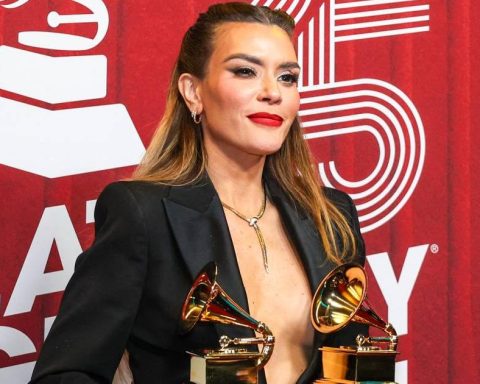MADRID, Spain.- On April 23, 1898, on the grounds of the Pastrana pasture, located between El Cano and Arroyo Arenas, in Havana, the colonel of the Liberation Army Juan Delgado was surprised by a Spanish column and perished in combat. González and his brothers Donato and Ramón, also mambis officers.
Born in Bejucal on December 27, 1868, he went to live in Santiago de las Vegas as a teenager. In January 1896 he joined the invading column headed from east to west by Lieutenant General Antonio Maceo and Generalissimo Máximo Gómez. Shortly after, the latter authorized Juan Delgado to form a force that would operate in the Havana province.
At the head of the Santiago de las Vegas Cavalry Regiment, he fought important actions, such as those in El Rincón, Quivicán, Calabazar, Marianao, the attack on Bejucal in May 1897 and many others. But the one that would give him the most renown in the history of Cuba would be the rescue of the corpses of Maceo and his assistant, Captain Francisco Gomez Toro, from the battlefield of San Pedro, Punta Brava; event occurred on December 7, 1896 with the help of 18 mambises who followed him.
From the beginning of the fight at San Pedro, Juan Delgado excelled with a countercharge that pushed back the Spanish cavalry. He then was in command of the most dangerous end of the left flank, by order of Maceo. When he learned of his fall, finding no superiors, as the generals had withdrawn, shocked by the event, he led the rescue with a harangue in which historians do not exactly agree, although they are close in intention.
Francisco Pérez Guzmán, in his book The war in Havana He pointed out that the sentence ended: “Whoever is Cuban and has courage, let him follow me.” However, in a note he clarified that “Possibly his words were much more energetic and raw.”
The lifeless bodies of Maceo and Gómez’s son would be veiled at the Lombillo farm, near Wajay, and at dawn they were transferred to the farm of Delgado’s uncle, Pedro Pérez, who buried them with his children and they all kept the secret until the end of the war, a fact that went down in history as the Pact of Silence. The then colonel of the Liberation Army, Dionisio Arencibia, an eyewitness, recounted December 8, 1946 for the magazine Bohemia, in a work titled “December 7, 1896”: “General Pedro Díaz wanted to bury the corpses (…) near Rincón. Juan Delgado objected, convincing him that the site was dangerous, since Spanish columns were constantly crossing it and could discover the traces of the burial. It was then agreed that Juan Delgado would be in charge of pointing out the most suitable place (…)”.
Again the young man of only 29 years (in the weeks after his death he would have turned 30) led the situation, as so many times.
